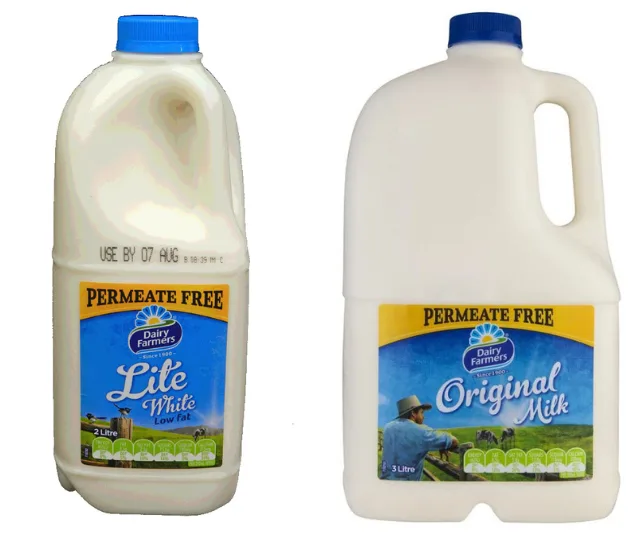If you prefer the taste of full fat milk – and yoghurt and cheese – we’ve got some fantastic news for you.
For years, we’ve been fed the lie that fat is bad.
We’ve been taught that eating fat (even “good” fats like avocado, nuts, cheese and oily fish) was a one-way ticket to extreme weight gain.
But health guidelines released by the Heart Foundation prove that we can eat all the full-fat dairy we like!
Dietitian Maria Packart says scientific research shows that for most healthy Australians, whether you eat low-fat or full-fat milk, cheese and yoghurt, both options have very little negative impacts on both your heart health and your waistline.
“The evidence was saying the risk didn’t increase or decrease. It’s more about having an option and drinking whatever you prefer,” Maria told Now To Love.
“The recommendation is unflavoured, full fat milk, yoghurt and cheese are an option, but for people who have high cholesterol or you have heart disease, we recommend low fat products,” she said.
Aside from your morning coffee, Maria says the best way to eat yoghurt and fruit is as a snack between meals.
“So a tub of yoghurt with fruit and seeds on top for morning tea, or cheese and wholegrain crackers for afternoon tea,” she suggested.
READ NEXT: How to lose 10kg in a month

Low-fat vs full fat? Who cares?! Drink whatever you like, the research says!
(Credit: Supplied)But if you think permission to consume full-fat dairy means you can go nuts on the butter and cream, apologies – it’s not.
Maria says we still need to be careful about eating too many of these foods, because they’re still loaded with the bad kinds of fat.
“These guidelines don’t apply to products like cream and dairy-based desserts,” she said.
“Cream and butter are still linked to having that type of saturated fatty acids, which do affect our health.”
Sorry, keto diet fans. Looks like all that fat isn’t too good for you.
WATCH BELOW: Three “healthy” foods that are actually bad for you. Story continues after video.
So if you prefer the taste of full fat milk, yoghurt and cheese, go nuts!
You can now eat your favourite dairy foods guilt-free, safe in the knowledge you’re also doing amazing things for your bones and gut.
What’s not to love?
Like this story? Check out more of our baking content below
Icing sugar vs. icing sugar mixture: What’s the difference?
Baking soda, bicarb soda, baking powder: What’s the difference?
Puff pasty, fillo pastry and shortcrust pastry: what’s the difference?


